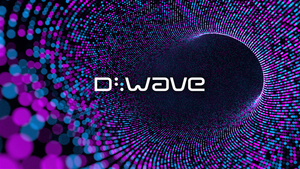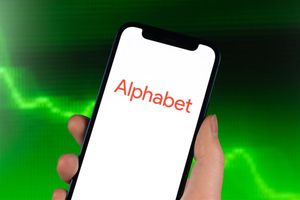When is a book not a book?
This seems like a simple question, but in the case of one curious piece of art, researchers have enlisted the resources of the Advanced Photon Source (APS), one of the world’s leading X-ray facilities at the U.S. Department of Energy’s (DOE) Argonne National Laboratory, to answer it. What they find might end up rewriting a chapter of modern art history, and might shine new light on one of the pioneers of an artistic movement.
The piece in question is called Betonbuch, or Concrete Book, and is the work of German-born artist Wolf Vostell. He was a pioneer of using concrete as a material for art, not just construction. In 1971, Vostell wrote a short book called Betonierungen, or Concretifications, and as evidence of his commitment to the material, he purportedly encased 100 copies of that book in numbered slabs of concrete.
Six years ago, as part of an exhibit on Vostell organized by art history professor Christine Mehring, the University of Chicago purchased Concrete Book #83, and it immediately intrigued Patti Gibbons. Gibbons works at the University of Chicago’s Joseph Regenstein Library and is involved in curating displays of the institution’s collections, and has long wondered if the slab of concrete contains what Vostell said it does.
Gibbons teamed up with Maria Kokkori, associate scientist at the Art Institute of Chicago, to finally turn the page on this mystery. Kokkori uses Concrete Book in her classroom, teaching materials science as it relates to art. For her, Vostell’s work represents a turning point in the use of concrete to create art, instead of to construct buildings and bridges.
The pair turned to the APS, a DOE Office of Science user facility at Argonne, to help crack the case. The APS generates some of the brightest X-ray light in the world, at energies that allow it to penetrate thicker objects. They used a technique called X-ray diffraction to search for signs of paper and vellum inside the concrete.
The results, Kokkori said, will be published in a journal. But whatever the answers may be, she said, they would illuminate questions both artistic and scientific.
“We have the artist’s testimonial, and no reason to doubt there is something there, but we still need scientific proof,” she said. “It’s a great intellectual exercise to question, and then to question the questions.”
View source version on businesswire.com: https://www.businesswire.com/news/home/20220913005280/en/
Contacts
Ben Schiltz
Media Relations Lead
Argonne National Laboratory
media@anl.gov
Office: 630-252-5640






